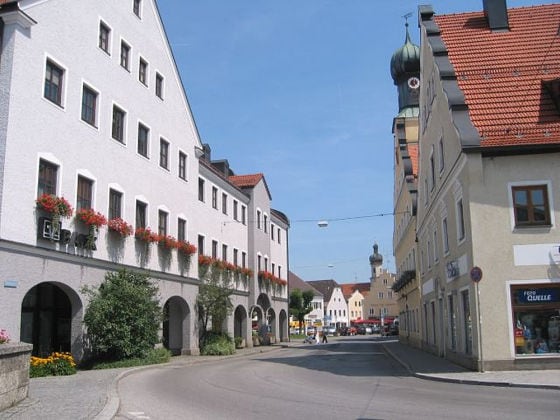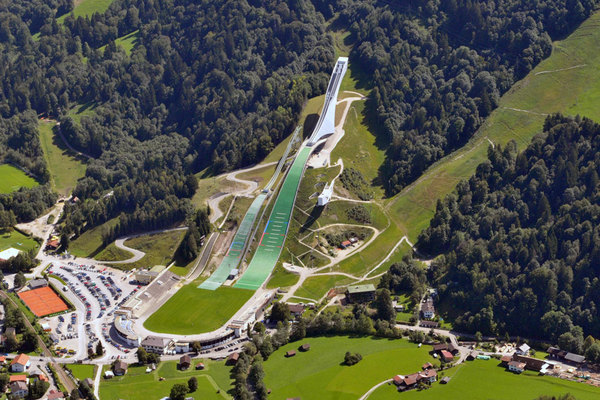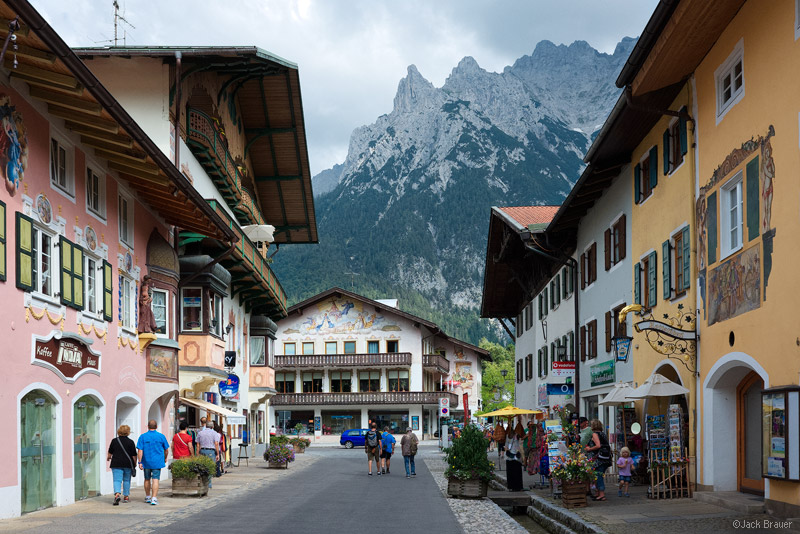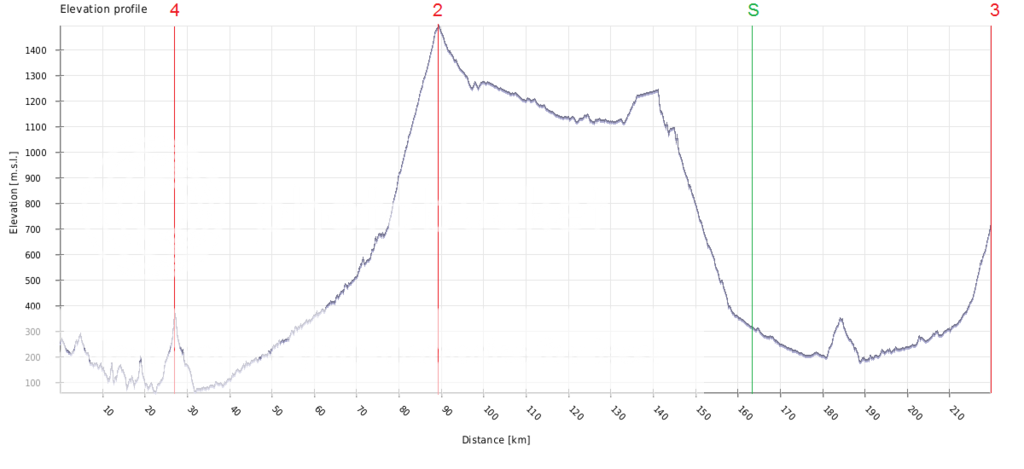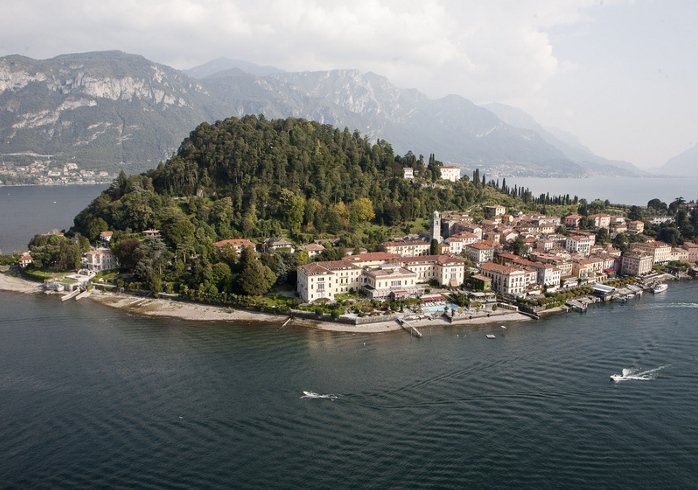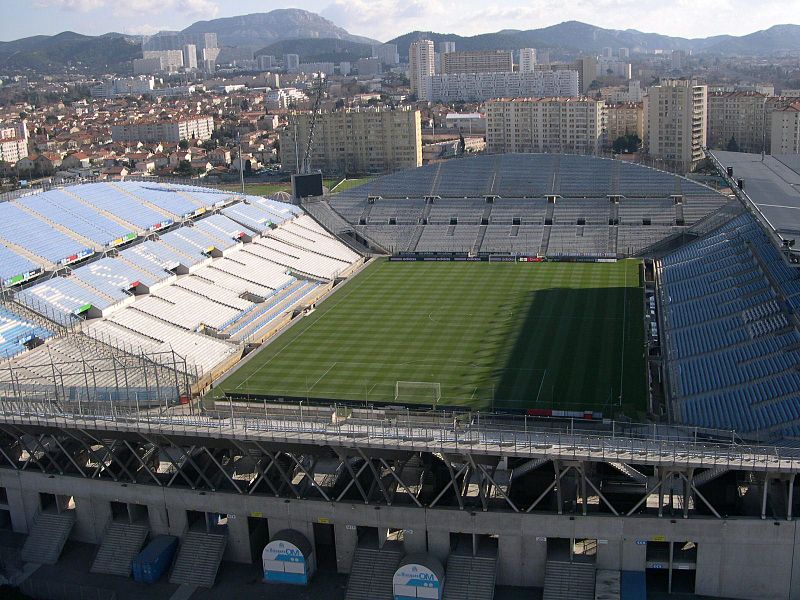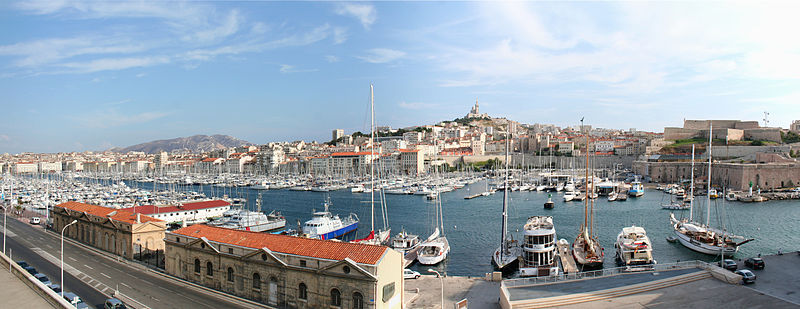- Feb 18, 2015
- 13,828
- 9,830
- 28,180
Deutschland Tour stage 8: Bad Bergzabern-Le Markstein (219 km)
Finally, the first high mountain stage. Although there aren't so many difficult mountain passes in Germany, this country has the great advantage that there are many posiblities for nice stages near the frontier. I will also use some passes in austria in the second week but in this stage I concentrated on the vosges. The peloton will pass the frontier after only 10 km. Henceforward this stage will only be in france but always near germany. Again the first half of the route will be completely flat but then there are hardly any flat sections for around 100 km (only some false flat). The climbing starts with a bump to lavancelle, a small village. After a short descent and the false flat section I mentioned before there are two 3rd category climbs in a row: the col des bagenelles and the col du calvaire. The descent is interrupted by the col du wettstein (which isn't categorized). Then the riders arrive in Munster where the serious part of the stage begins. the Petit Ballon and the Col du Platzerwasel are two first category climbs you might know from last years tour de france. After the second one there isn't really a descent. There is only a 6 km long false flat section up to the finish in the ski station "Le Markstein" (you probably know le markstein as a pass from the tour the france, but there is enough space to finish a stage up there).


Bad Bergzabern:

Le Markstein:

Petit Ballon profile:

Col du Platzerwasel:


climbs:
la vancelle (4th cat.)
col des bagenelles (3rd cat.)
col du calvaire (3rd cat.)
Petit Ballon (1st cat.)
Col du Platzerwasel (1st cat.)
Finally, the first high mountain stage. Although there aren't so many difficult mountain passes in Germany, this country has the great advantage that there are many posiblities for nice stages near the frontier. I will also use some passes in austria in the second week but in this stage I concentrated on the vosges. The peloton will pass the frontier after only 10 km. Henceforward this stage will only be in france but always near germany. Again the first half of the route will be completely flat but then there are hardly any flat sections for around 100 km (only some false flat). The climbing starts with a bump to lavancelle, a small village. After a short descent and the false flat section I mentioned before there are two 3rd category climbs in a row: the col des bagenelles and the col du calvaire. The descent is interrupted by the col du wettstein (which isn't categorized). Then the riders arrive in Munster where the serious part of the stage begins. the Petit Ballon and the Col du Platzerwasel are two first category climbs you might know from last years tour de france. After the second one there isn't really a descent. There is only a 6 km long false flat section up to the finish in the ski station "Le Markstein" (you probably know le markstein as a pass from the tour the france, but there is enough space to finish a stage up there).


Bad Bergzabern:

Le Markstein:

Petit Ballon profile:

Col du Platzerwasel:


climbs:
la vancelle (4th cat.)
col des bagenelles (3rd cat.)
col du calvaire (3rd cat.)
Petit Ballon (1st cat.)
Col du Platzerwasel (1st cat.)





